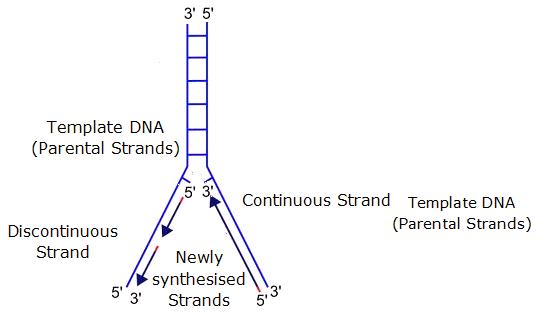Biology:2012:CBSE:[DELHI]:Set-I
To Access the full content, Please Purchase
-
Q1
Mention the unique flowering phenomenon exhibited by Strobilanthus kunthiana (neelakuranaji).
Marks:1View AnswerAnswer:
Strobilanthus kunthiana blooms once in twelve years.
-
Q2
How does smoking tobacco in human lead to oxygen deficiency in their body?
Marks:1View AnswerAnswer:
Smoking tobacco increases carbon monoxide content in blood that bind to haemoglobin and reduces concentration of haembound oxygen. This causes oxygen deficiency in the body.
-
Q3
A garden pea plant (A) produced inflated yellow pod, and another plant (B) of the same species produced constricted green pods. Identify the dominant trait.
Marks:1View AnswerAnswer:
Dominant
Recessive
Pod Colour
Green
Yellow
Pod Shape
Inflated
Constricted
-
Q4
Why is Eichhornia crassipes nicknamed as “Terror of Bengal”?
Marks:1View AnswerAnswer:
Eichhornia crassipes grows very fast in standing water. It drains oxygen from water and thus causes death of aquatic organisms. It is because of this reason; this plant is referred to as the “Terror of Bengal”.
-
Q5
Write the location and function of the sertoli cells in humans.
Marks:1View AnswerAnswer:
Sertoli cells are located in the seminiferous tubules. Their function is to provide nourishment to the developing sperms.
-
Q6
Name the following:
(a) The semi-dwarf variety of wheat which is high-yielding and disease-resistant.
(b) Any one inter-specific hybrid mammal.Marks:1View AnswerAnswer:
(a) Sonalika
(b) Mule (A hybrid mammal produced by mating male donkey and female horse)
-
Q7
Write the similarity between the wing of a butterfly and the wing of a bat. What do you infer from the above with reference to evolution?
Marks:1View AnswerAnswer:
Both bat and butterfly use their wings for flying. However, the anatomy of their wings is different. So,they are analogous organs and reflect convergent evolution.
-
Q8
Write what do phytophagous insects feed on.
Marks:1View AnswerAnswer:
Phytophagous insects feed on plant sap and parts of plants.
-
Q9
Draw a neat labelled sketch of a replicating fork of DNA.
Marks:2View AnswerAnswer:
Replication fork of DNA

-
Q10
Where is sporopollenin present in plants? State its significance with reference to its chemical nature.
Marks:2View AnswerAnswer:
Sporopollenin is present in exine of pollen grains in plants.
Its significance is that it is one of the most resistant organic substances that can resist high temperature, strong acids and alkali. No enzyme is known till now that can degrade sporopollenin. Pollen grains are well preserved with the help of sporopollenin.



